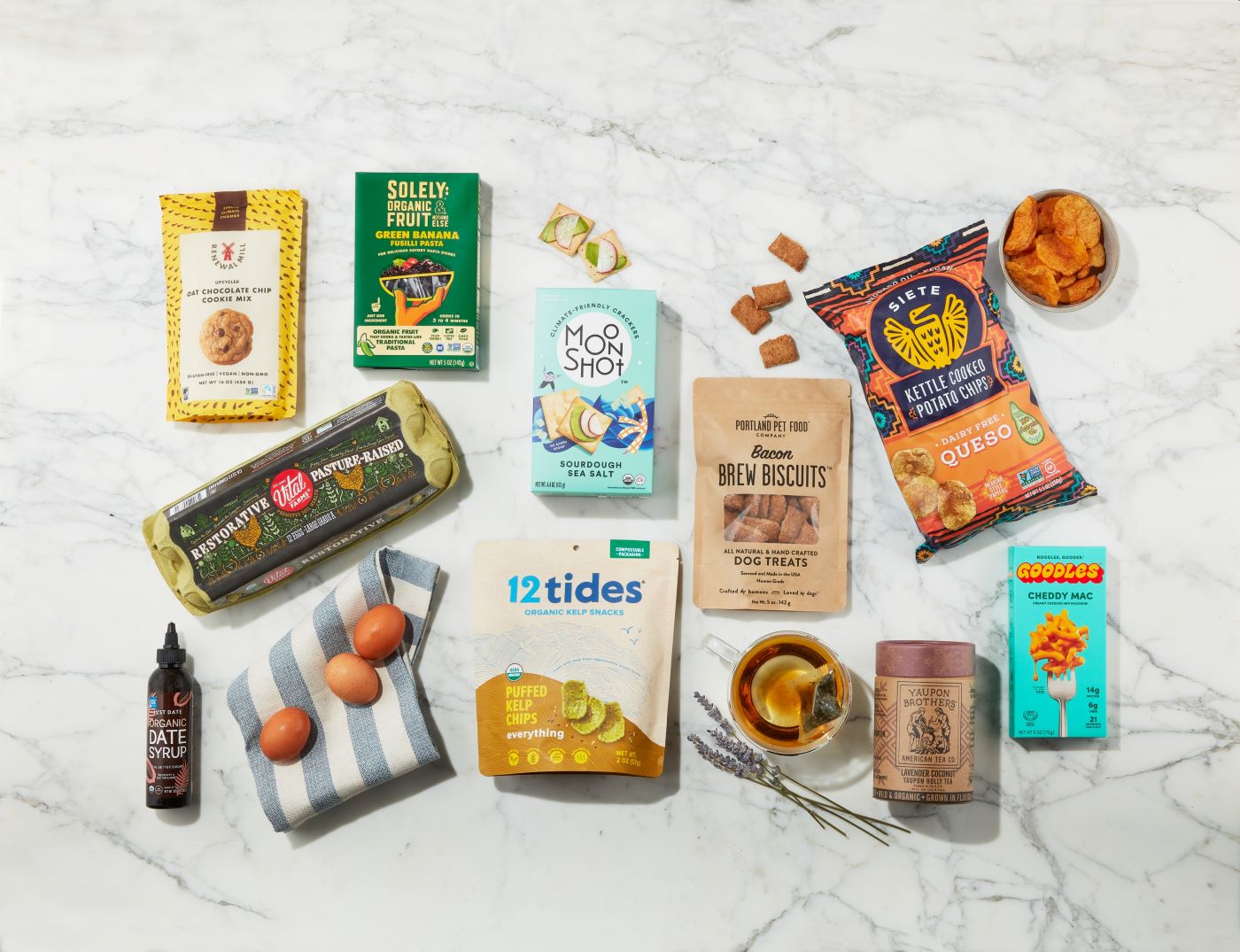
Enjoy this recipe from Jackie Vitale and Matthew Levin's weekly newsletter, Sunshine & Microbes. Jackie is the current chef-in-residence at the Rauschenberg Residency in Captiva, Florida. If you like what she's cookin' feel free to subscribe to her newsletter here

Kombucha is a sour, slightly fizzy fermented tea that is refreshing on a hot day, or a much needed balance after eating too much mac and cheese (cuz it makes you burp! In a good way). Although omnipresent in supermarkets and cafes now, it’s easy to make your own booch at home. It’s a simple ferment, particularly when using the continuous brew method outlined below. You’ll need to source a SCOBY (“symbiotic culture of bacteria and yeasts” aka a solid, gelatinous-looking fermentation mother). Get one from a friend or from the internet. Also get a large container with a spigot, which can be found at a local Home Goods.
Ingredients & Special Materials
-
1 gallon water
-
1 cup sugar
-
6-8 tea bags of choice or equivalent loose leaf (I love using the Fire Roasted Yaupon from Yaupon Brothers.)
-
Kombucha SCOBY
-
2-4 cups mature kombucha (find at a farmers market or an unflavored, unpasteurized variety from the supermarket)
-
Large glass or ceramic container with spigot
-
Kitchen towel and string
Step-by-step
-
Add sugar to water and heat until sugar is dissolved and water begins to simmer. Remove from heat, add tea, and let steep until you like the taste (3 minutes is a good rule of thumb for black tea).
-
Strain out tea and let cool to room temperature.
-
Pour tea into the container with spigot (henceforth “the tank”). For the initial batch, add the mature kombucha and the SCOBY.
-
Cover the tank’s opening with a kitchen towel and fasten with string. This will serve as a barrier from dust and dog hair, while still allowing for airflow. Let the kombucha ferment at room temperature for 10 days to two weeks, or until it is slightly effervescent and pleasingly sour. The longer it ferments the more sour it will taste.
-
Once the kombucha has hit the sweet spot, remove some for drinking via the spigot. Store this ready-to-drink “mature” kombucha in a bottle or mason jar in the fridge or use it to make a flavored carbonated drink (which you can research on the internet, or one day I can write a recipe if there is interest 😉).
-
When the tank is about halfway empty (or the kombucha within is too sour), it’s time to refresh it with more food to fuel the fermentation process (in the form of sugars, which the microbes in the SCOBY consume). Do this by making a fresh batch of sweetened tea (following steps 1-2) and adding it to the mature kombucha and SCOBY in the tank.
-
Allow this to sit and go through the fermentation process again until everything tastes right. That will likely be another 10-14 days, but it depends on the ratio of mature kombucha to sweet tea.
-
More mature kombucha = shorter fermentation time -- because there are more microbes to get things moving
-
More sweet tea = longer fermentation time -- because there is more sugar to be eaten up by a smaller quantity of microbes
Once it is ready, return to step 5. Repeat steps 5-7 forever.
8. Clean the tank as needed. Likewise, remove SCOBY layers as needed. A new SCOBY will form on the surface every time the kombucha is replenished.
Troubleshooting the SCOBY:
SCOBYs are extremely hardy. They can survive all sorts of environments and long periods of neglect (as long as they are submerged in kombucha). But occasionally, they can get taken over by bad bacteria. If you see brown discoloration on the scoby, that is fine. If you see fuzzy black mold, it’s time to toss it and the kombucha and find a new SCOBY. SCOBYs with black mold will not properly ferment the tea, creating a product that has not been inoculated with healthy bacteria and may be unsafe to drink. But don’t freak out. This is very rare and definitely won’t happen if the SCOBY is kept fed and happy with plenty of tea.
***Writing about how to ferment things in a concise way can be challenging. If there is anything you are confused about, please reach out! I would be honored to hold your hand through this process.
--
